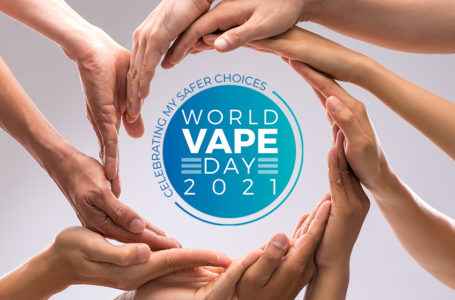Nicotine pouches, a recent innovation in smokeless technology, are rapidly gaining popularity as an alternative to cigarettes, with experts underscoring their potential to significantly reduce smoking rates globally, including in traditional tobacco markets.
Developed as an evolution of snus, a product with roots tracing back to Sweden centuries ago, nicotine pouches (NPs) represent a notable departure from their tobacco-containing predecessor, snus.
Tomas Hammargren, managing director of Posimistic AB, an international strategy and policy advisor in life sciences, noted the significance of nicotine pouches within the harm reduction landscape. “Nicotine pouches are a relatively new category in the harm reduction portfolio,” Hammargren said, drawing on his extensive experience in the pharmaceutical industry spanning 25 years.

“They are essentially Swedish snus without tobacco, and Swedish snus has decades of data showing the product to be exceptionally low risk, compared to cigarette smoking,” said David Sweanor, a public health policy expert and adjunct professor of law and chair of the advisory committee of the Centre for Health Law, Policy and Ethics at the University of Ottawa.

Snus, a smokeless product placed under the upper lip, contains ground tobacco, water, flavorings and other additives. New technology has separated nicotine from the tobacco plant, allowing products like nicotine pouches to be tobacco-free.
While a new category, nicotine pouches are also gaining popularity in several European countries. While fresh data are still emerging, there are trends suggesting users of oral tobacco products and cigarettes are switching to nicotine pouches.
“In addition to Sweden, you see this trend in the USA, Finland, Norway, Denmark and increasingly in the UK and several other EU countries,” Hammargren said.
Hammargren said that in countries like the UK, vapers are increasingly using nicotine pouches in situations where they can’t or don’t want to vape. “There are so many moments when they can’t or don’t want to use their vape … and where nicotine pouches will help them to stay away from smoking,” Hammargren said. “I believe there will be a similar trend with heated products.”
“I do believe in offering smokers a choice, and the categories I would include are vapes, heated tobacco, and nicotine pouches, including proper regulation of product quality,” Hammargren said.
Hammargren said he supports proper NP regulation, including on nicotine strength. “Based on data from the Nordic countries including a long tradition of snus use, nicotine levels in snus will be around 8-12 mg/pouch. NPs deliver nicotine a bit better than snus and are normally in the range of 3-10 mg/pouch.
He said, however, that in the Eastern part of Europe and Russia, there are pouches containing as much as 30 to 50 mg/pouch. “This is really bad for the category, and I believe that a nicotine cap is important. There is no need for an NP to contain more than 12 mg of nicotine,” he said.
“With growing popularity, like the quick rise in the US, there is always a scare of adolescents picking up the habit. Actual data does not support a big uptake among persons under the legal age,” he said.



















